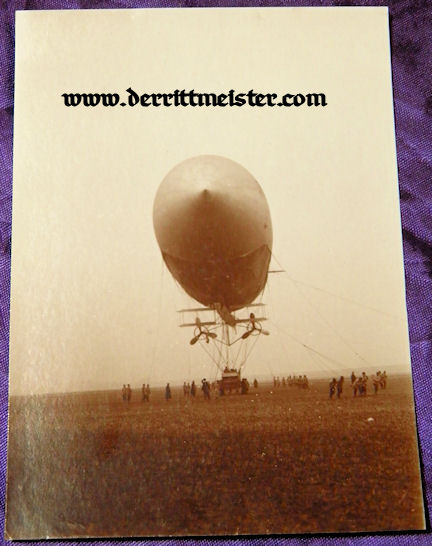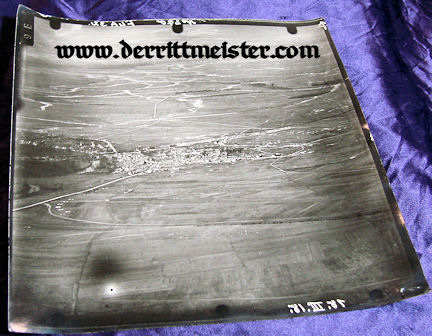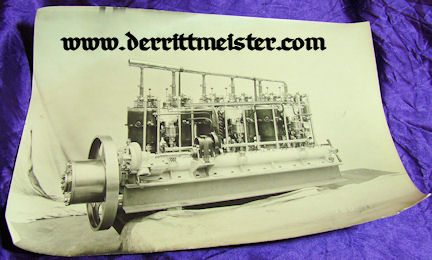Description
This Carte de Visite is of a young English boy. I date it from 1880 through 1910. To begin, the way the boy is dressed and this particular photographic style indicate that his family was from the middle class, or quite possibly even higher. The young lad sports a large tricorn hat set on his head in a jaunty manner. He is dressed in a white outfit that features a lacy overlay upon his shoulders that is loosely tied at his neck, puffy long cuffed sleeves, knee breeches that end at and tightly encircle his knees, white hose that disappear up under his breeches, and shiny black, elaborately buckled shoes. The CdV comes from Edward Sweetland’s photographic studio located at 21 High Street in High Wycombe. Wycombe was a chair-manufacturing center in Buckinghamshire, which grew to become England’s chair-making headquarters in the early 20th Century. Sweetland specialized in children’s portraits, and bought the High Street property in 1904. According to the Buckinghamshire County Council’s internet article on “Early Professional Photographers in Wycombe 1877-1905,” as the town grew, families wanted to record their prosperity with photographs.
In my estimation, the real value here is the small period frame. It could be used on any standard-sized CdV if you prefer. The frame is essentially a two-piece affair. A spring-loaded device on the reverse holds the frame’s glass in place. Surprisingly, the glass is quite thick, far thicker than one might think at first glance. It is very substantial. The reverse is a swing-out easel that allows the frame to be set up on a flat surface.



